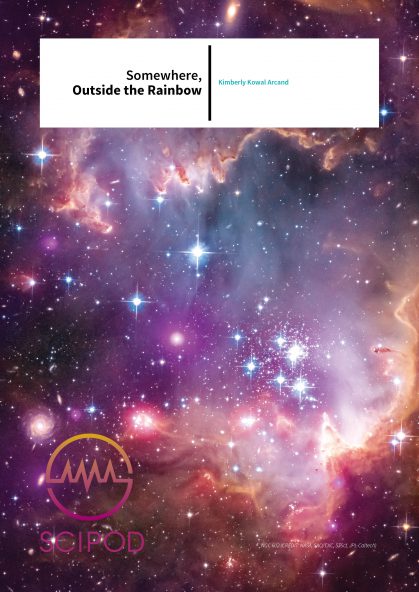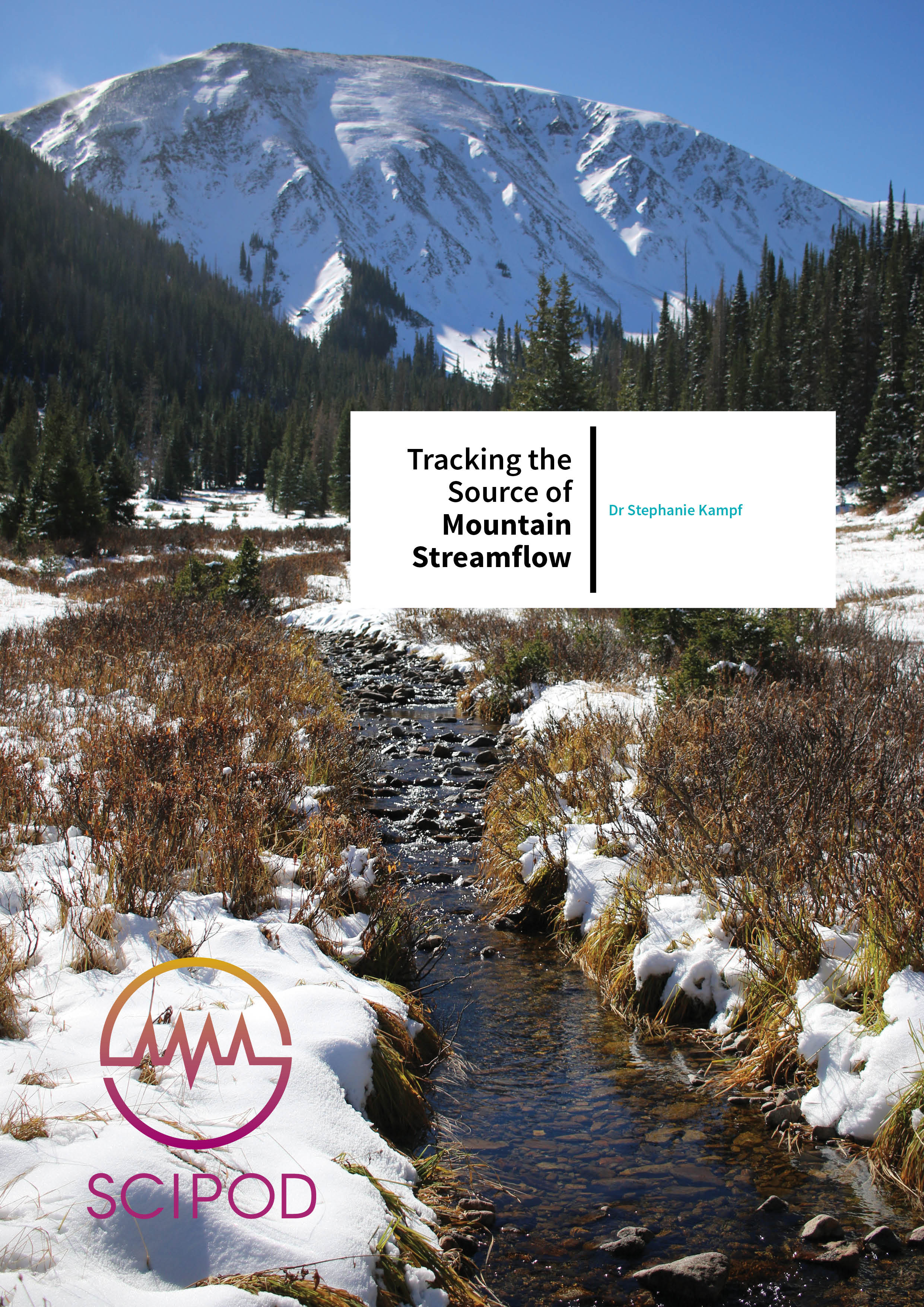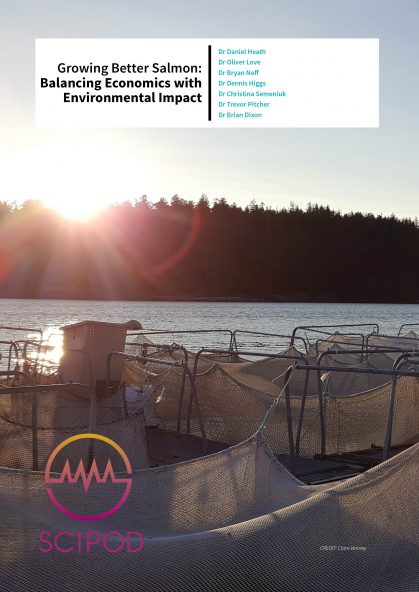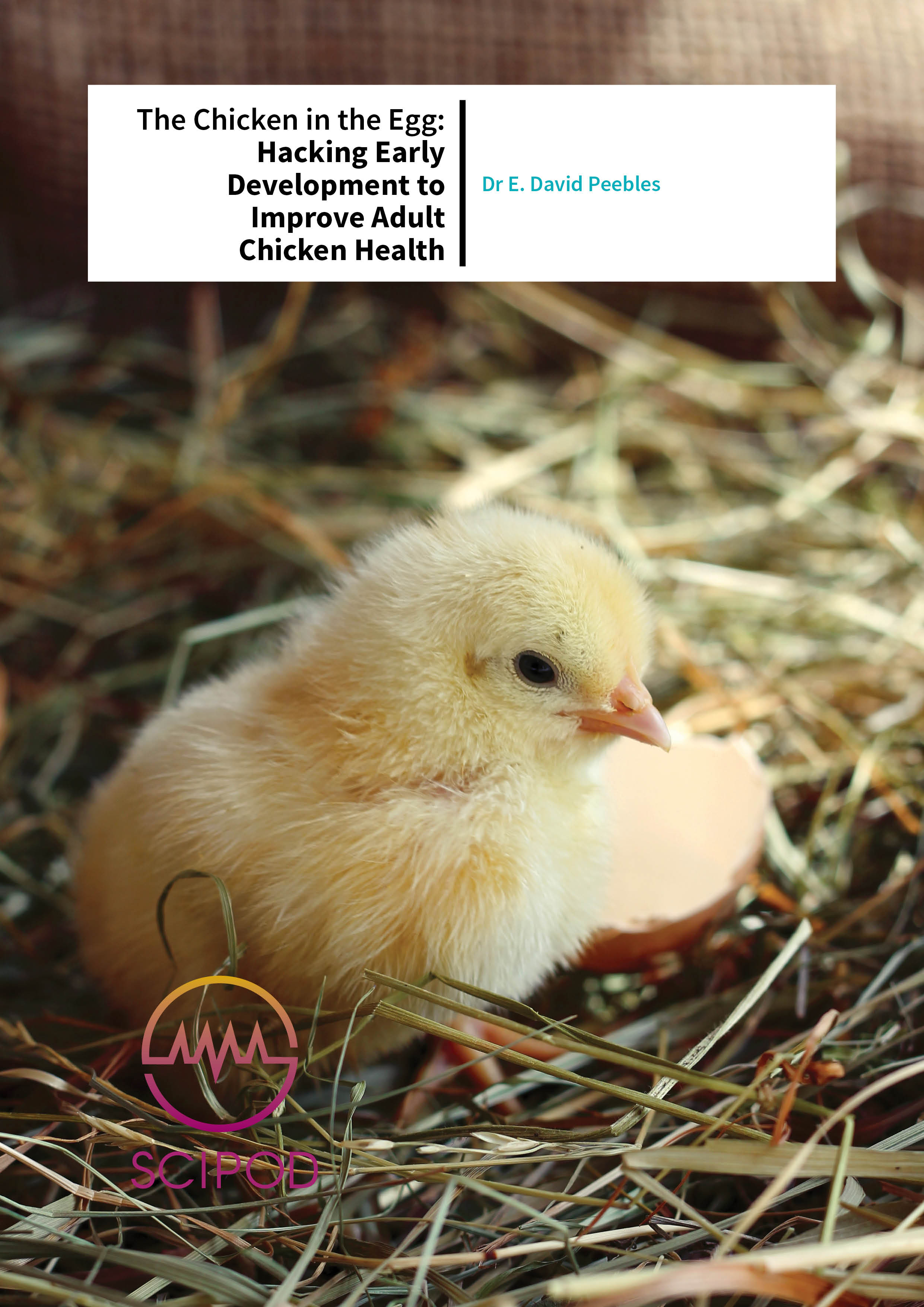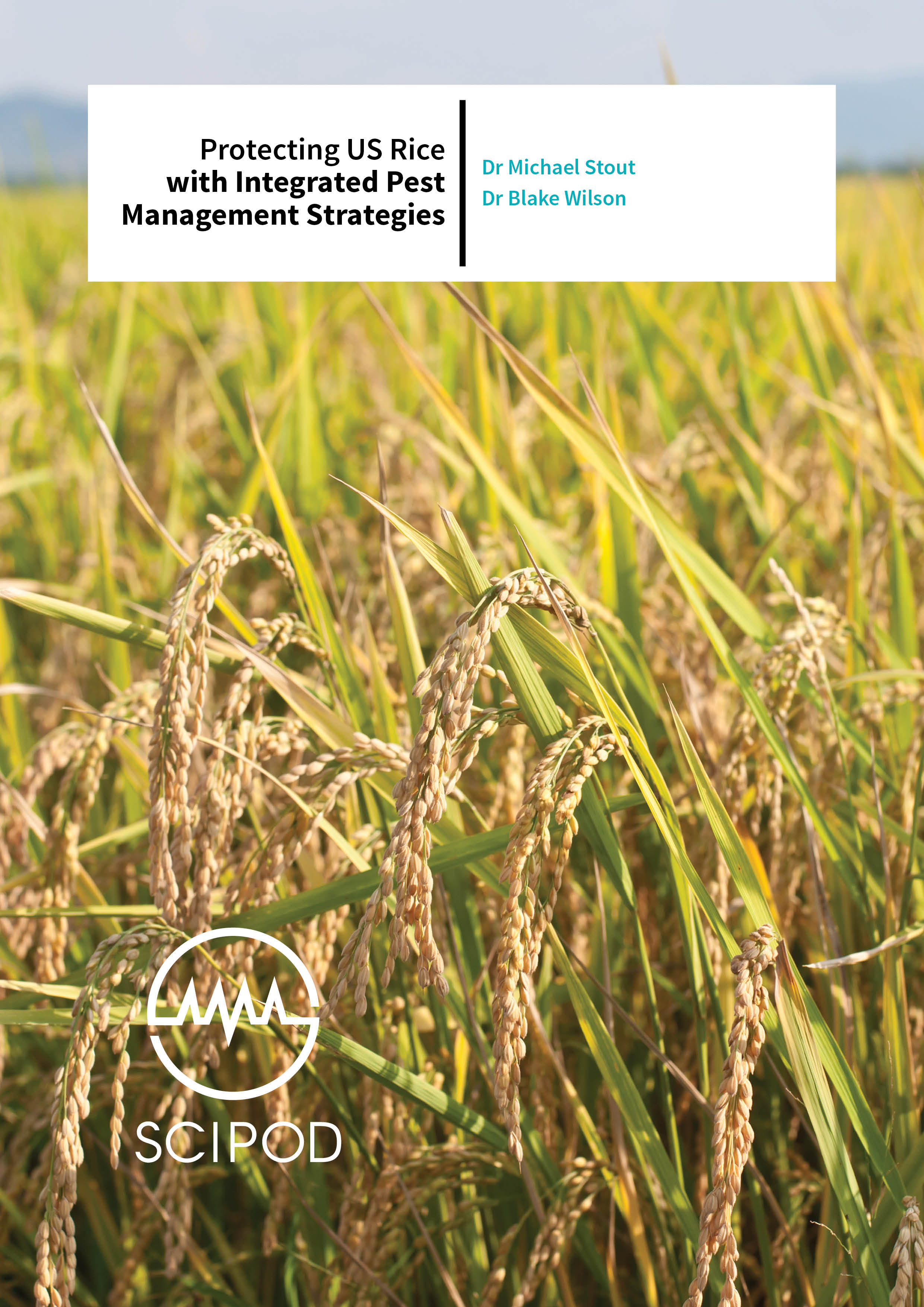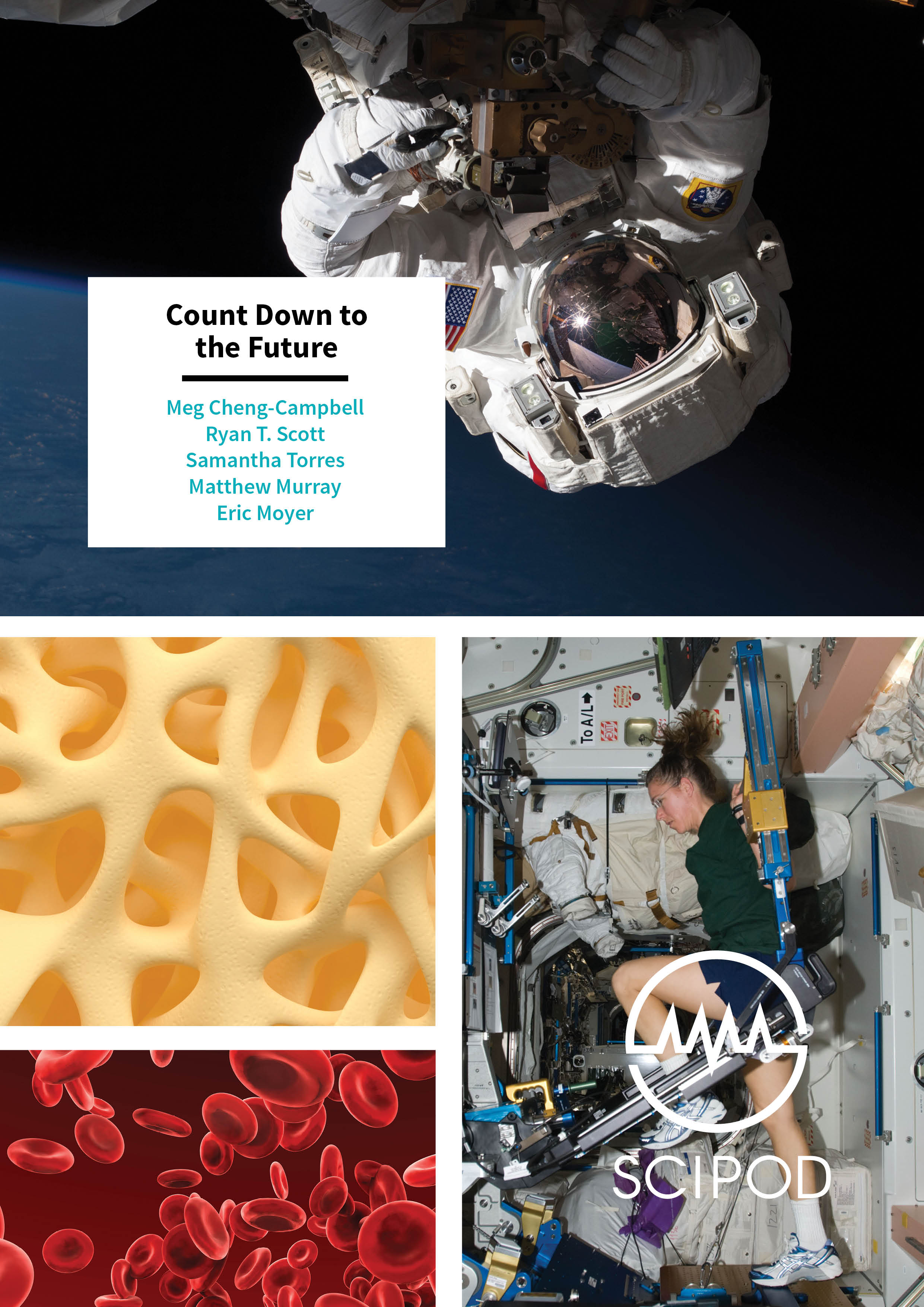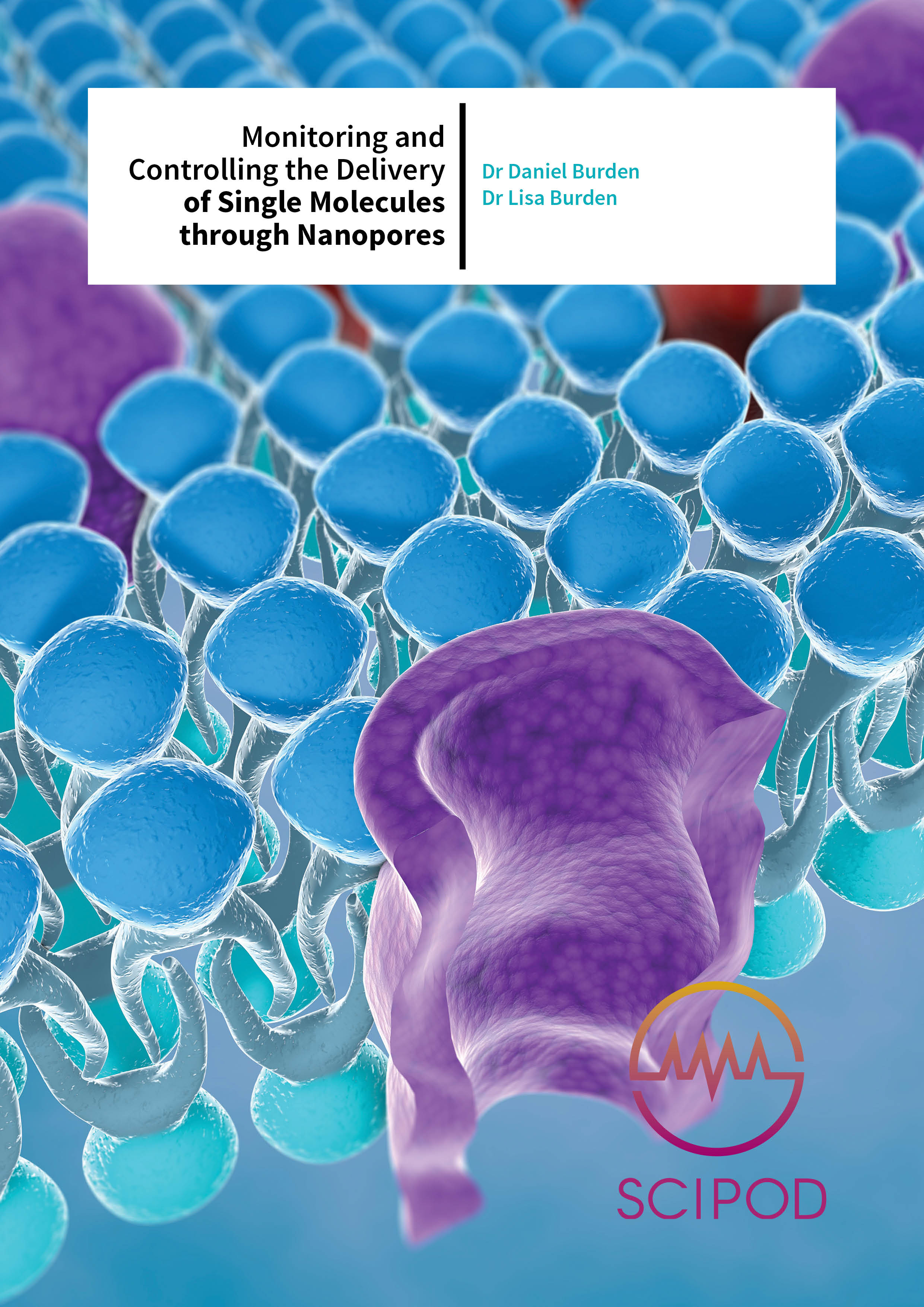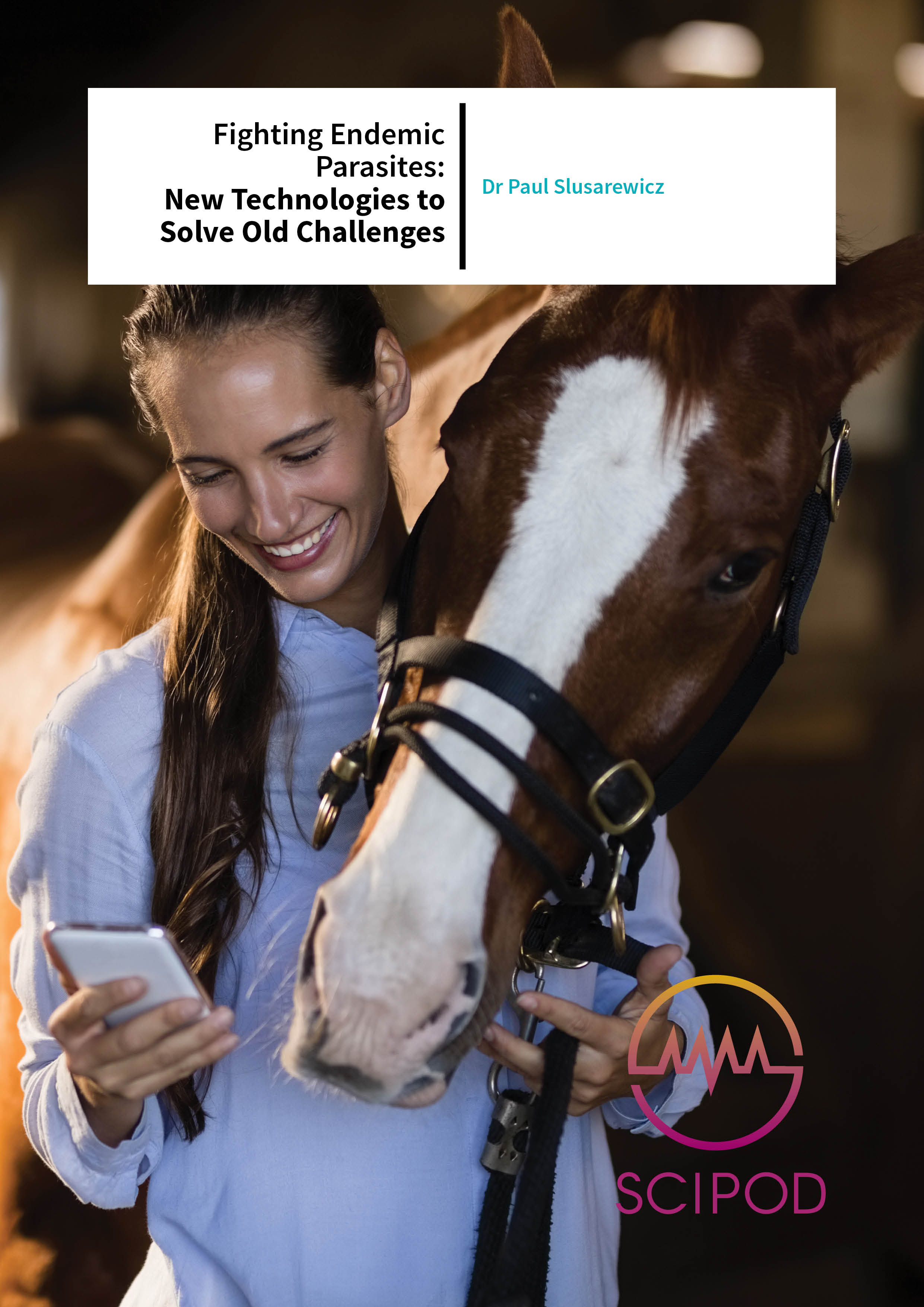A Greener Future: Leveraging Ecosystem Services in Sustainable Landscape and City Management – Luxembourg Institute of Science and Technology
Jun 1, 2018earth and environment
As global climate change and other major environmental threats advance, scientists are looking for ways to evaluate sustainable solutions for energy, agriculture and city management. Ecosystem services are benefits provided to humans by nature, and over the past two decades researchers have begun refining ways to assess the value of these services compared to human-made options. Dr Benedetto Rugani and his team are developing novel ways to assess ecosystem services and advance the use of nature-based solutions in urban areas.

You may also like …

Prof. Dr. Ralf Klessen | Reviewing the formation of the universe’s first stars
Before the universe was illuminated by stars, most of its observable matter existed in a roughly even distribution of hydrogen and helium. As these materials collapsed under their own gravity, they would have heated up, initially preventing them from collapsing further to densities high enough for stars to form. As part of a new review, Prof. Dr. Ralf Klessen and Prof. Dr. Simon Glover at Heidelberg University investigate the chemical mechanisms which enabled this primordial gas to cool and fragment to form the universe’s first generation of stars.

Dr. Zhe Su | Understanding the twisted tectonics of the Sichuan basin
The Sichuan basin in southern China is a region of deep geological and seismological complexity, which has so far prevented researchers from understanding its tectonic past. Through fresh analysis of previous observations, combined with the latest modelling techniques, a team led by Dr. Zhe Su at the National Institute of Natural Hazards, Beijing, suggests for the first time that the entire Sichuan basin is slowly rotating. Their result could explain the origins of one of the deadliest earthquakes in living memory, and could also help seismologists to better predict when earthquakes will strike the region in the future.

Professor Christophe Ley | Spotting relationships in complex angular datasets
Data involving angles can be found across a diverse array of scientific fields, but so far, the mathematical tools used to study them have often proved insufficient to detect the complex relationships between different angles within large datasets. Through its research, a team consisting of Professor Christophe Ley and Sophia Loizidou from the University of Luxembourg, Professor Shogo Kato from the Institute of Statistical Mathematics in Tokyo, and Professor Kanti Mardia from the University of Leeds, has developed a new model which overcomes many of these challenges: allowing the researchers to study relationships between three angles at once, as well as mixtures of angles and classical measurements on the line.

Dr. Chance Glenn | Could extreme electric fields make the warp drive a reality?
For decades, works of science fiction have explored how the universe’s most fundamental speed limit could be broken by warping the fabric of spacetime. Through his experiments, Dr. Chance Glenn, founder of Morningbird Space Corporation, believes he may have discovered how spacetime can be distorted by extreme electric fields, which can be easily created in the lab. If his theory is correct, it would mean that the concept of ‘warp drives’ which allow us to travel at faster than the speed of light could be more feasible than we once thought.
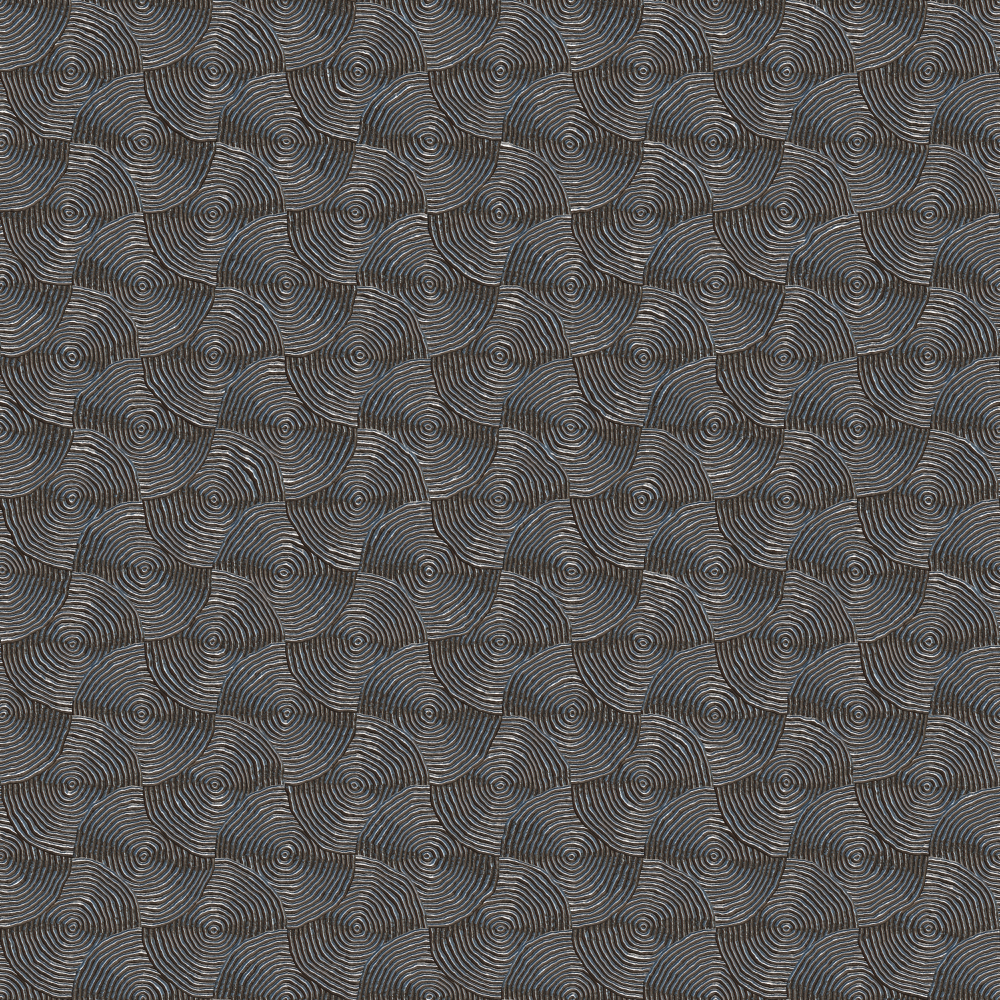
Dr. Robert Tomkowski | Investigating How Dimpled Surfaces Can Minimise Friction
Dimpled surfaces offer a useful and easily implementable way to reduce friction between lubricated surfaces as they slide over each other. Through cutting-edge simulations, Dr. Robert Tomkowski and colleagues at the KTH Royal Institute of Technology in Sweden explore how the microscale structures of surface dimples can be optimized to minimize friction. Their findings could help to reduce wear in mechanical systems, while also making them more energy efficient.

Professor Suzanne Scarlata – Dr. Nima Rahbar | How a Biological Enzyme Could Help Concrete to Heal Itself
As an inherently brittle material, concrete often needs to be replaced after just a few decades: driving a demand which incurs significant costs for Earth’s climate. Through their research, Professors Suzanne Scarlata and Nima Rahbar at Worcester Polytechnic Institute, Massachusetts, introduce a new mechanism that allows concrete to quickly repair itself, with the help of an enzyme vital to the function of living cells. This approach could help to reduce the world’s insatiable demand for concrete.

Dr Di Yun | Lessons from Tai-Chi could make Travelling Wave Reactors a reality
In principle, travelling wave reactors offer a safe, highly efficient approach to generating nuclear power. However, development has been held back by a variety of challenges linked to the need for extensively high burn-up in the reactor core, meaning very high rates of generated energy which can damage the reactor. Inspired by the principles of Tai-Chi, a team led by Di Yun from Xi’an Jiaotong University has shown that with the right approach, a high temperature operation, usually deemed as a threat, can be transformed into useful advantages, bringing the practical rollout of travelling wave reactors one step closer to reality.

Dr Li Lu | An illusion of parallax: explaining a mysterious signal at the edge of the solar system
In 2009, astronomers detected a mysterious source of high-energy, chargeless particles, which appeared to originate from the very edge of the solar system. Through fresh analysis, Dr Li Lu and colleagues at the Chinese Academy of Sciences have discovered that this distance may be an illusion, created by an effect relating to the solar wind as viewed by the commonly used parallax method. If correct, the team’s theory suggests that the as-yet enigmatic signal could actually originate from a source just beyond Earth’s atmosphere.

Prof. Hui Tong Chua | How Better Heating Models Could Improve the Sustainability of Outdoor Swimming Pools
Outdoor swimming pools are enjoyed by millions of us, but it is often challenging to maintain comfortable temperatures across different climates and weather conditions, which can drastically vary the rate of heat transfer away from the water. Through their research, a team led by Prof. Hui Tong Chua from The University of Western Australia has introduced a new empirical model that can accurately predict this transfer of heat, accounting for weather conditions and the surrounding environment. They hope that their model could improve the efficiency of outdoor pool heating systems, helping them to become more sustainable.

Dr David Anthony Cosandey | Could Centaurus A Contain a Pair of Supermassive Black Holes?
Astronomers know that the nearby Centaurus A galaxy contains a supermassive black hole at its centre, but there are several unusual and mind-boggling features in the detailed picture that was recently made of this galaxy’s core, which have yet to be explained. To understand these anomalies, Dr David Anthony Cosandey, an astrophysicist at the Zurich Higher Education Centre, suggests that the galaxy actually contains a pair of supermassive black holes which will eventually merge into a single object. If his theory is confirmed, Centaurus A could not only host the tightest orbiting pair of these immense objects ever discovered; this pair of giant black holes would also be by far the nearest to us that we know of.

